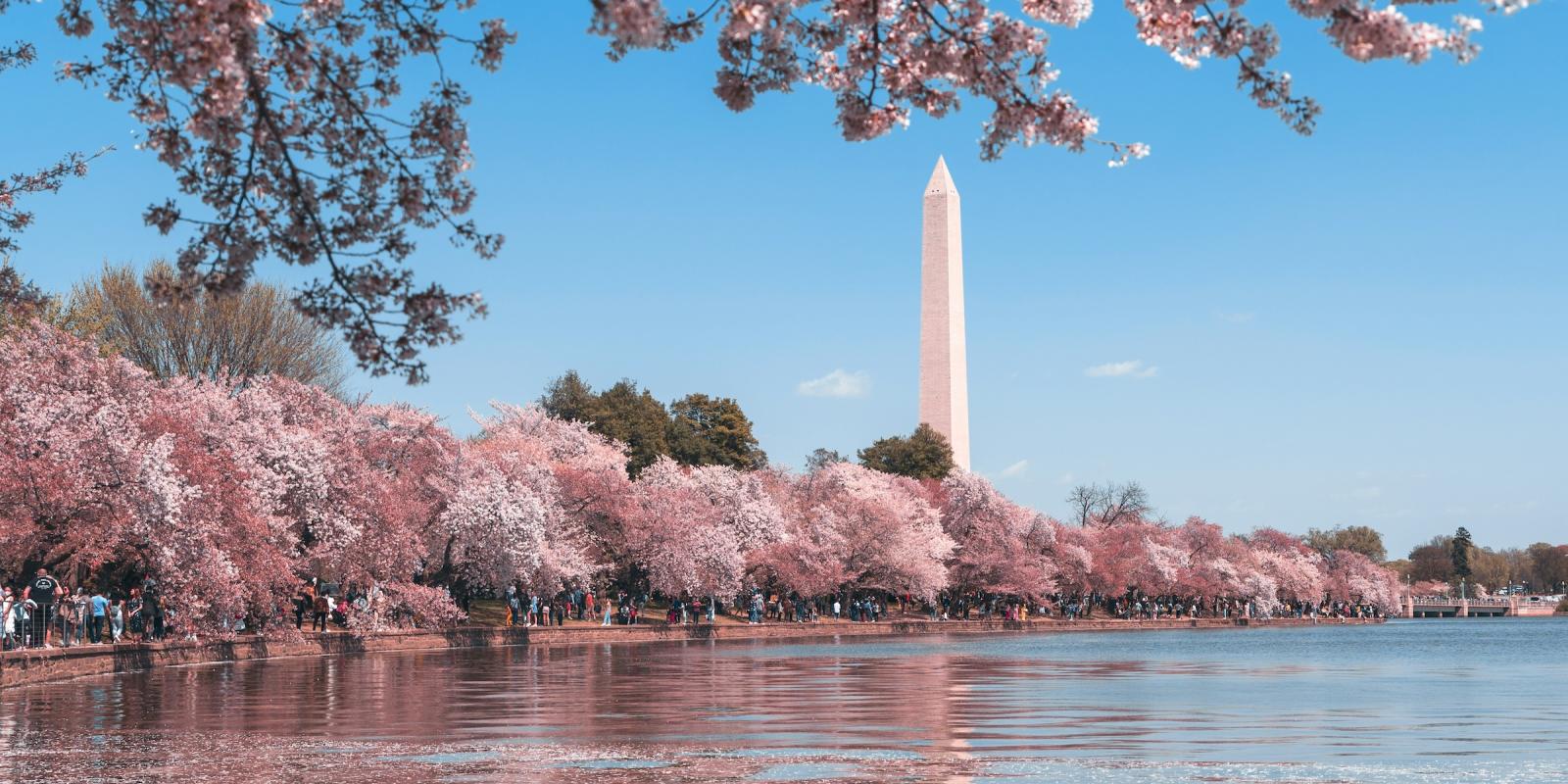Funk band Parliament-Funkadelic has been in a long-term relationship with their African American fans from Washington, D.C. since the early 1970s. The message of Black freedom and empowerment inherent to funk music resonated with activists in the District who had fought for (and won) Home Rule, among other major political and social victories in recent years. In 1975, P-Funk released the album Chocolate City, an ode to the people of Washington, D.C.
